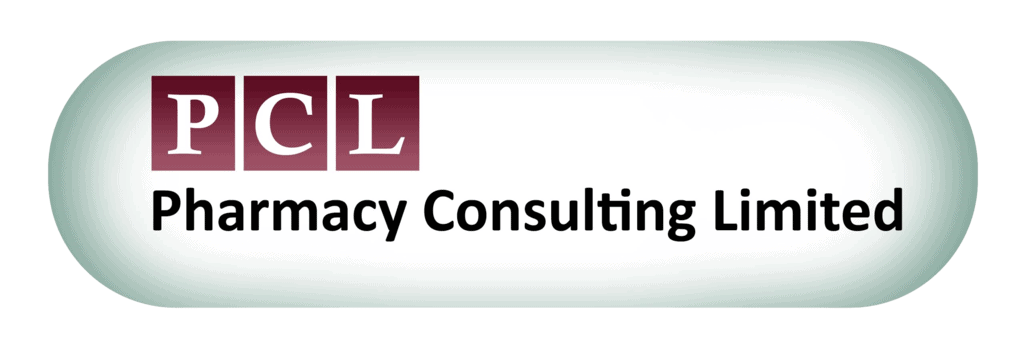Antimicrobial surfaces – Work Smarter not Harder, As we slowly come out of the Covid-19 pandemic, it is hard to forget slogans such as ‘Hands, Face, Space’. The slogans contained very simple and important advice to prevent infection. When people touch contaminated surfaces and then touch their face, this places the virus or bacteria exactly where it wants to be; close to our mouths, noses and eyes which are entry points into the body. The public is now much more aware of how viruses, as well as microorganisms, can spread and cause new infections through surface transfer. This increased awareness and recognition of how quickly pathogens can spread will hopefully lead to a rise in support for innovative technologies, such as antimicrobial surfaces (smart surfaces).
As mentioned, surface transfer can rapidly increase the rate of pathogen infection. This is especially prevalent in busy environments with high-touch surfaces, such as door handles, light switches and taps. A Public Health England survey carried out in 2016 showed that 6.6% of patients acquired an infection from their hospital stay. Surface transfer can occur during our day to day lives, such as at work, collecting medicine from a pharmacy, on public transport and in recreational locations. Antimicrobial surfaces could be an incredibly effective, passive antimicrobial defence to protect patients and workers. Passive solutions require minimal upkeep and can be extremely time efficient. These surfaces could not only be applied to hospital settings, but also to workplaces, shopping centres and so on.
Smart surfaces are designed to make it harder for microbes to attach, make it easier for the attached microbes to be cleaned from the surface or to kill the microbes entirely. Antimicrobial surfaces fall into three major types: chemical, physical and hybrid.
Chemical antimicrobial surfaces are made from substances with inherent antimicrobial properties. An example of a common metal with antimicrobial properties would be copper. Copper can kill bacteria by releasing charged ions which can enter bacterial cells and interfere with essential processes, such as respiration.
Physical surfaces contain micro- or nanoscopic structures, such as spikes, which can puncture holes in the bacterial cells, prevent them from attaching to a surface or prevent them from moving across a surface. Researchers have looked to nature for inspiration from naturally occurring antimicrobial surfaces, such as animal skin. It was found that the skin of a shark has minute projections which form diamond-like patterns. These are known as denticles, which help to prevent adherence and movement of microbes. A study testing a shark-inspired material known as ‘Sharklet’ showed that high-touch surfaces showed a 94% reduction in contamination from MRSA when covered with Sharklet material.
Unfortunately, a simple antimicrobial surface is likely not to be effective against all microorganisms and viruses. For example, a microbe called Mycobacterium abscessus can adapt to copper-rich conditions. In fact, the bacteria can become more resistant to certain drugs when in the presence of copper.
Hybrid surfaces incorporate both chemical and physical antimicrobial properties. For example, a material covered with nanoscopic spikes made of copper. Hybrid surfaces are often more effective and leads to the uses of antimicrobial surfaces to only be limited by imagination and ingenuity. For example, humanitarian charities could create wells or water sources which are covered in a hybrid antimicrobial surface to decrease water-borne infections even further than solely using chemical water purification.
There are concerns about the selection pressure which could be placed on microbes by antimicrobial surfaces, which is understandable considering the issue of antibiotic resistance. If the surfaces do not kill all microorganisms, then the small number who survive can develop resistance to the antimicrobial mechanism of the surface, for example those exhibited by copper. The resistant bacteria could then proliferate, passing on resistance through vertical gene transfer and horizontal gene transfer. Seeing how quickly microbes can develop resistance to new treatments and mechanisms, it is important that governing bodies and businesses are thoughtful of their implementation of antimicrobial surfaces.
Antimicrobial surfaces should not be looked at as an alternative, but rather an addition to current antimicrobial techniques in place; such as stringent cleaning, hand washing and antibiotic usage. A combination approach could reduce the rate of infections within spaces of significance, such as hospitals and pharmacies, but also reduce the likelihood of resistance developing.
For further information, please refer to the article below:
Antimicrobial surfaces
https://www.imperial.ac.uk/stories/antimicrobial-surfaces/
Selection of resistance by antimicrobial coatings in the healthcare setting
https://www.sciencedirect.com/science/article/pii/S0195670120302917
